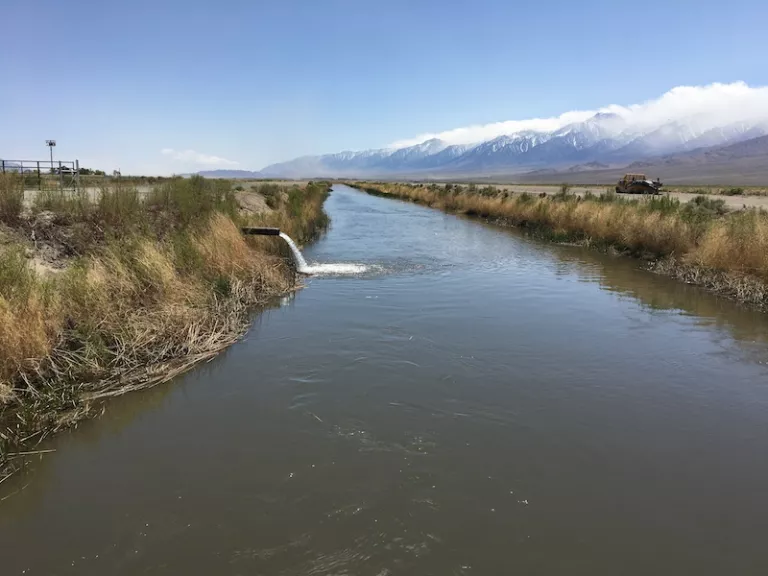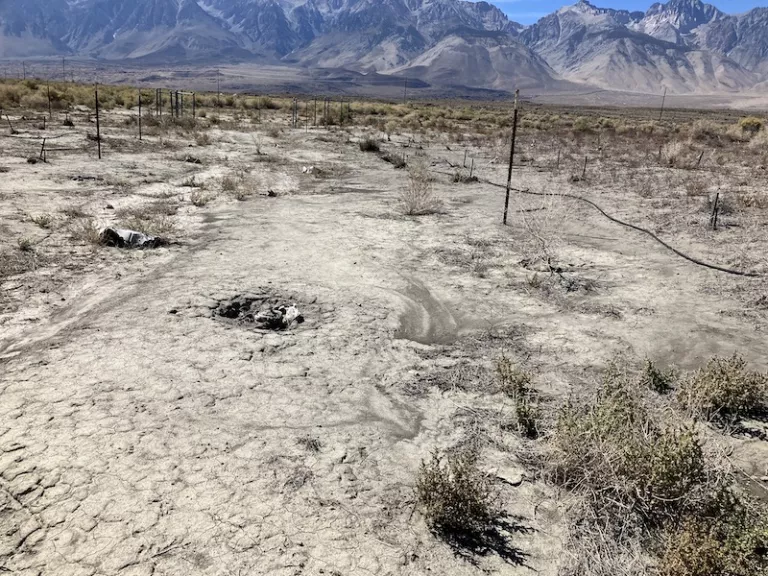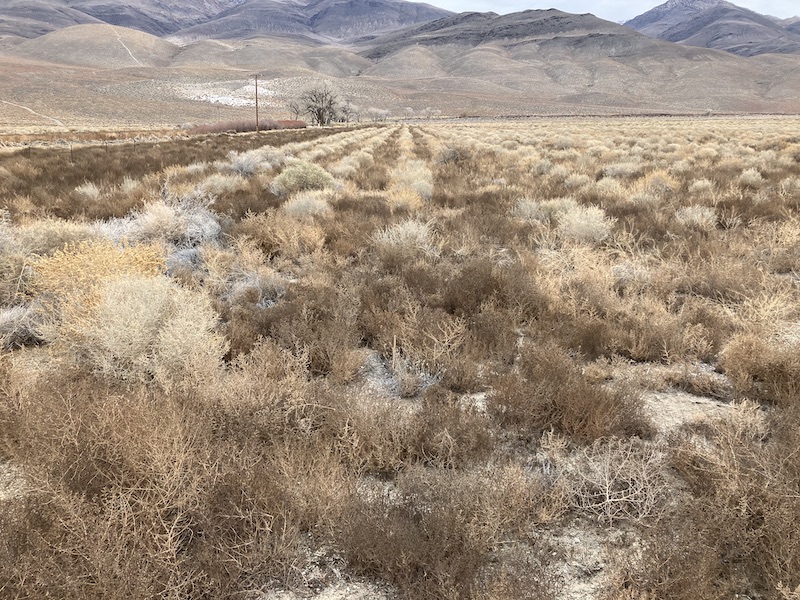There is a reason why avoidance of harm is preferable to mitigation. Mitigation doesn't come close to replacing or compensating for damage done to an ecosystem or to replace the loss of one. We see that in the Owens Valley.
In 1970, California passed the California Environmental Quality Act (CEQA pronounced "see-kwa") which instituted a public environment review process of all projects developed by public agencies where the impacts of a project could be flushed out before an agency made a decision about a project. It became the model for our National Environmental Policy Act (NEPA pronounced "knee-pa") that is used by the Forest Service and the Bureau of Land Management. In 1970, LADWP was finishing up construction of the second barrel of the Los Angeles Aqueduct so the construction of the pipeline wasn't done under CEQA, but the groundwater which LADWP began pumping in 1971 to put in the second barrel, did come under CEQA. Why is this important? Because it was the process by which the impacts of that groundwater pumping could be identified. If any of them were significant impacts, then CEQA requires that they be mitigated. This was the origin of the many mitigation projects in the Owens Valley that we have today.

In the 1970s, LADWP pumped a significant amount of groundwater peaking at 210,000 acre-feet in the late 1980s. The effect on the springs and meadows in the valley was immediate. All the springs dried up except Reinhackle Spring and the meadows too along with the local meadow flowers like the Owens Valley Checkerbloom and the Inyo Star Tulip. Inyo County filed a lawsuit in 1972 under the new CEQA law forcing LADWP to prepare an Environmental Impact Report (EIR). The Sierra Club joined the lawsuit when the second version of the EIR came out in 1979. In 1997, twenty-five years and three versions of the EIR later, the court discharged the EIR along with the Sierra Club's Memorandum of Understanding (MOU) that outlined additional mitigations. The MOU added the re-watering the Lower Owens River and the application of 1,600 acre-feet of water in specific locations in the valley to create spots of riparian habitat and wetlands. These mitigations were making up for only a small portion of the diverse habitat that was lost. Now, 33 years later, some of the mitigations have still not been completed.With most CEQA projects, the mitigations are identified before a project begins and are completed before it is implemented. If the mitigations aren't completed, the project doesn't start. However, in the case of LADWP's groundwater pumping in the Owens Valley, the court allowed LADWP to continue pumping because the water was serving millions of people in LA, even though many of the mitigations were still being negotiated at the time and only some of them had been implemented.

What are these mitigation projects? Here is a map and description of them. LADWP was to provide consistent water for ponds (Mill, Farmer's, Saunders, Buckley, Seely, Lone Pine, and Thibaut Ponds), lakes, (Calvert, Billy, Twin, Goose, Klondike and Diaz Lakes), and the parks in each of the towns, the museums, and the woodlots. These projects have all been implemented and are enjoyed by the locals and visitors alike. In addition to these projects, there were several re-vegetation projects and additional 1997 MOU such as the Lower Owens River Project (LORP) to re-water the Owens River and create waterfowl habitat and eight projects designed to create small areas of riparian habitat. The over-arching goal was to bring back some of the biodiversity and wildlife habitat that was lost. The revegetation projects have all been started, but not completed and there are various issues with the LORP projects and some of the eight MOU projects. We quibble over the requirements. How much grass constitutes a meadow? Should one plant of a species count towards the number of species goal? Are the requirements really requirements or are they guidelines, suggestions?

Laws 94 mitigation project. Alternating rows of allscale (Atriplex polycarpa) in tan and Russian thistle/tumbleweed (Salsola tragus) in dark brown.
After 33 years, one would think all this would be done, but it isn't. In June 2023, the Range of Light Group initiated meetings with LADWP and the other MOU Parties to review the mitigations that are still outstanding. So far seven out of a list of 43 projects have been discussed, but not resolved. We do not think they have met the goals. At the rate of seven projects/year, it will take six years to get through the list. Fortunately, there is no time limit for taking action on failed or incomplete CEQA projects. However, it is long past time they were completed! We think LADWP can and should do better.